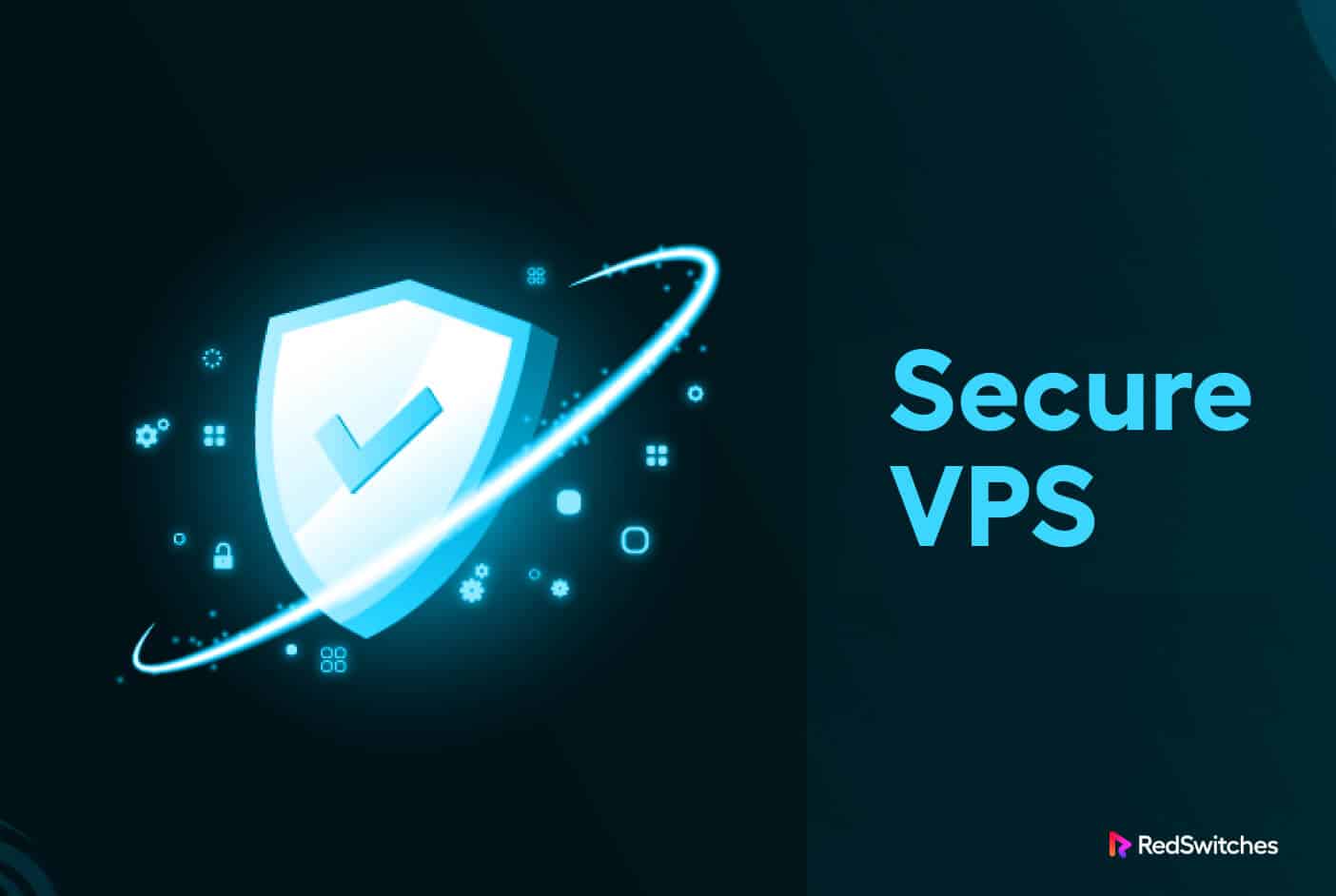Introduction
Security is a paramount consideration when managing a Virtual Private Server (VPS). As digital threats continue to evolve, it’s crucial to implement robust measures to protect your VPS environment and the data it hosts. This article explores best practices for building a secure VPS environment, ensuring that your digital assets remain safeguarded against potential cyber threats.
1. Keep Software and Operating Systems Updated
Patch Vulnerabilities for Enhanced Security
Reality: Regularly updating software, including the operating system and applications, is critical for addressing known vulnerabilities. Cyber attackers often exploit outdated software to gain unauthorized access.
Tip: Enable automatic updates whenever possible and regularly check for updates. Ensure that your hosting provider allows seamless updating of the operating system and installed software.
2. Implement a Robust Firewall Configuration
Control Inbound and Outbound Traffic
Reality: Firewalls act as the first line of defense against unauthorized access. Configure firewalls to control incoming and outgoing traffic, allowing only essential services and blocking unnecessary ports.
Tip: Utilize a host-based firewall and implement rules that restrict access to specific IP addresses or ranges. Regularly review and update firewall configurations based on evolving security requirements.
3. Use Secure Authentication Practices
Strengthen Access Controls
Reality: Weak or default passwords are common targets for cyberattacks. Implement strong, unique passwords for all user accounts and consider multi-factor authentication (MFA) for an additional layer of security.
Tip: Enforce password policies that include complexity requirements, regular password changes, and account lockouts after multiple failed login attempts. Regularly audit user accounts and remove unnecessary access.
4. Regularly Back Up Critical Data
Prepare for Data Recovery
Reality: Data loss can occur due to various reasons, including cyberattacks, hardware failures, or human error. Regular backups ensure that critical data can be recovered in case of an unexpected event.
Tip: Schedule automated backups and store them in secure, offsite locations. Test the restoration process periodically to verify the integrity of backups and ensure a swift recovery when needed.
5. Secure Remote Access with Encryption
Encrypt Data During Transmission
Reality: When accessing your VPS remotely, encrypting data during transmission protects it from interception. Secure Shell (SSH) and Virtual Private Network (VPN) protocols provide secure remote access.
Tip: Utilize SSH for secure command-line access and VPNs for secure network connections. Disable direct root login via SSH and use key-based authentication for enhanced security.
6. Monitor and Analyze System Logs
Detect Anomalies and Potential Threats
Reality: Monitoring system logs provides insights into system activities and helps detect unusual patterns or potential security threats. Regularly reviewing logs can aid in early threat detection.
Tip: Implement log management tools to centralize and analyze logs. Set up alerts for suspicious activities, failed login attempts, and other security-relevant events to respond promptly to potential threats.
7. Harden the Server Configuration
Minimize Attack Surfaces
Reality: Harden your server configuration by disabling unnecessary services, removing unused software, and minimizing attack surfaces. This reduces the potential avenues for attackers to exploit vulnerabilities.
Tip: Follow security best practices for your operating system, disable unnecessary services, and regularly review installed applications to ensure only essential software is running.
8. Conduct Regular Security Audits and Vulnerability Scans
Proactively Identify and Address Weaknesses
Reality: Regular security audits and vulnerability scans help proactively identify weaknesses in your VPS environment. Addressing vulnerabilities before they can be exploited is key to maintaining a secure environment.
Tip: Utilize automated scanning tools and conduct manual security audits periodically. Address identified vulnerabilities promptly and follow up with thorough testing to confirm the effectiveness of remediation.
Conclusion
Building a secure VPS environment requires a holistic approach that addresses various aspects of cybersecurity. By staying proactive, keeping software updated, implementing strong authentication practices, securing remote access, monitoring system logs, and conducting regular audits, you create a robust defense against potential threats.
Security is an ongoing process, and staying informed about emerging threats and evolving security best practices is essential. By incorporating these best practices into your VPS management strategy, you enhance the overall security posture of your digital assets and foster a resilient and secure hosting environment.

